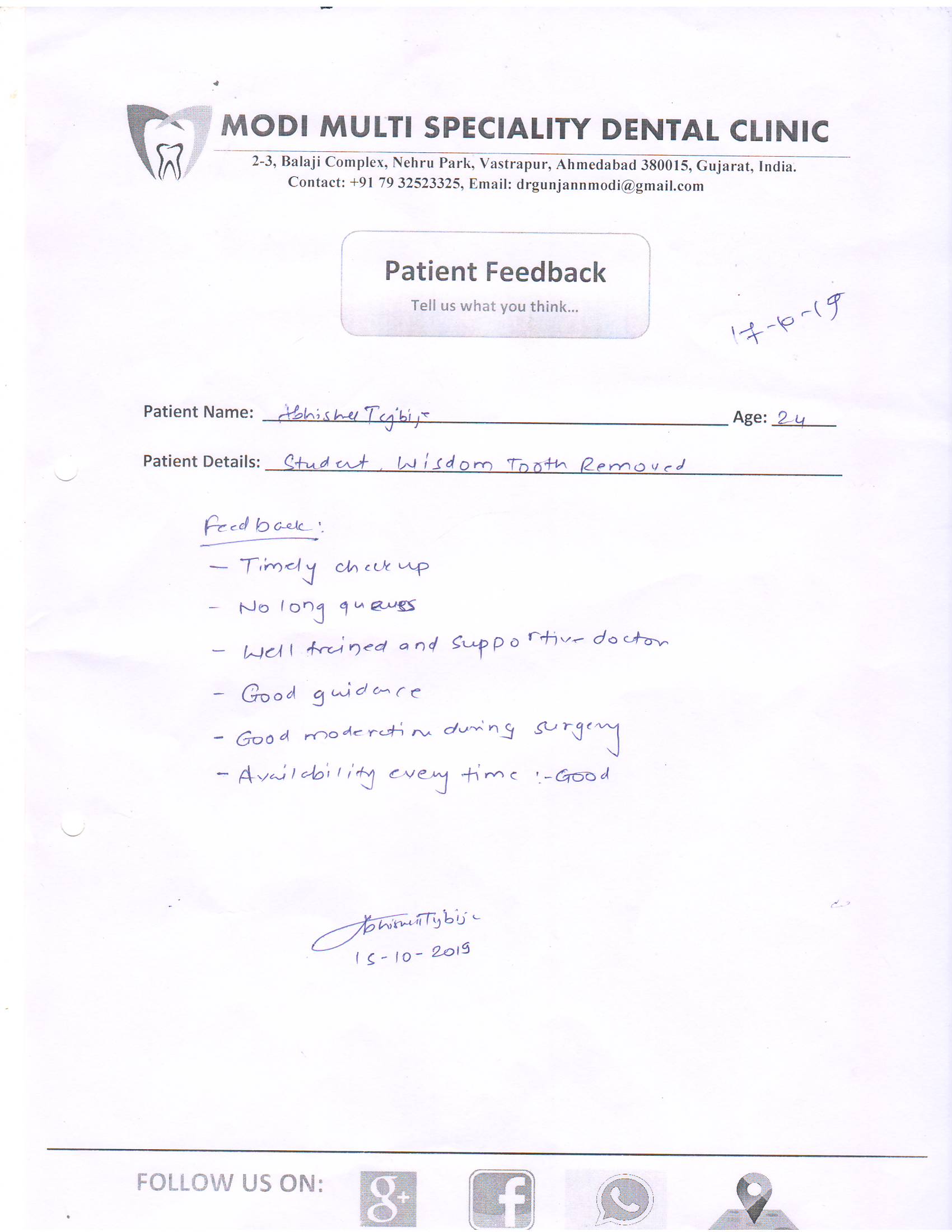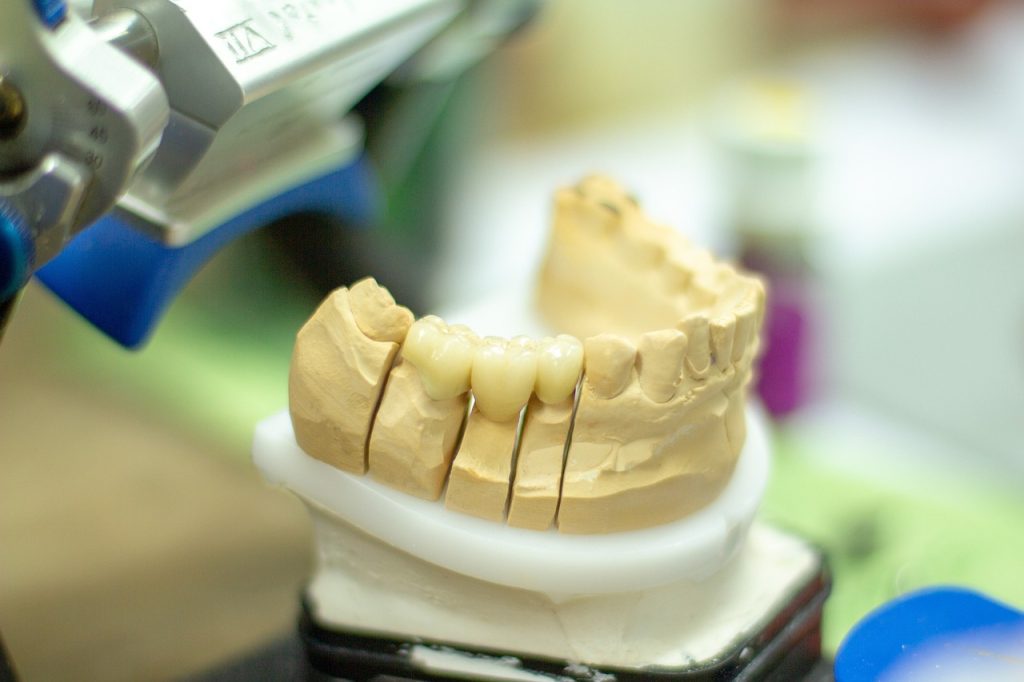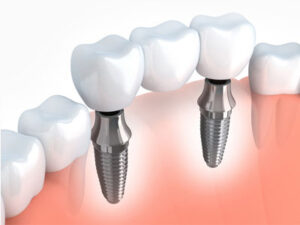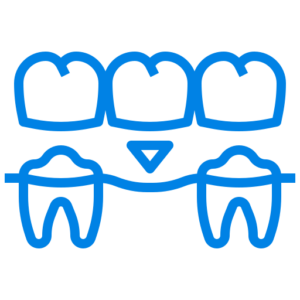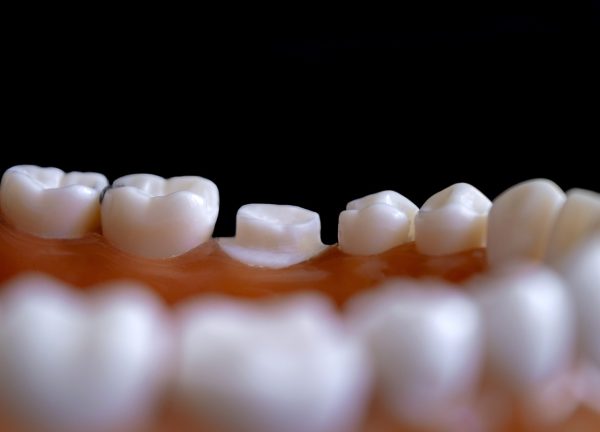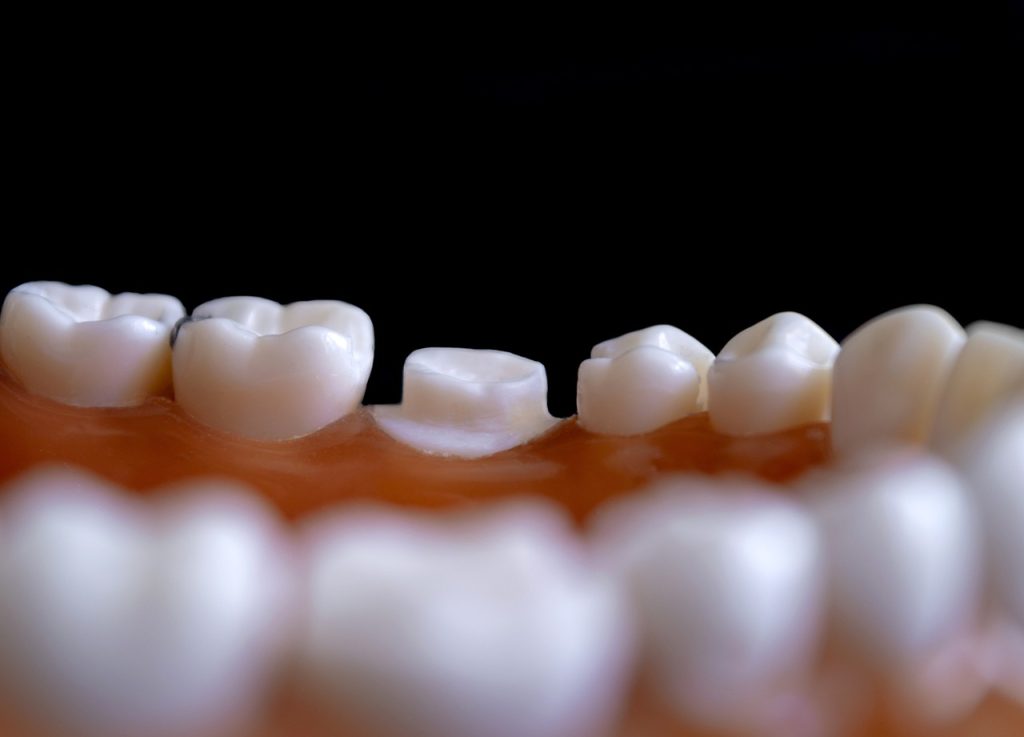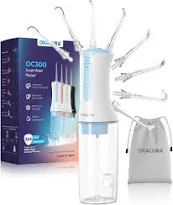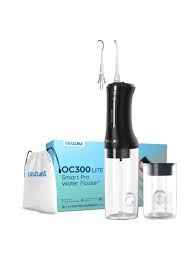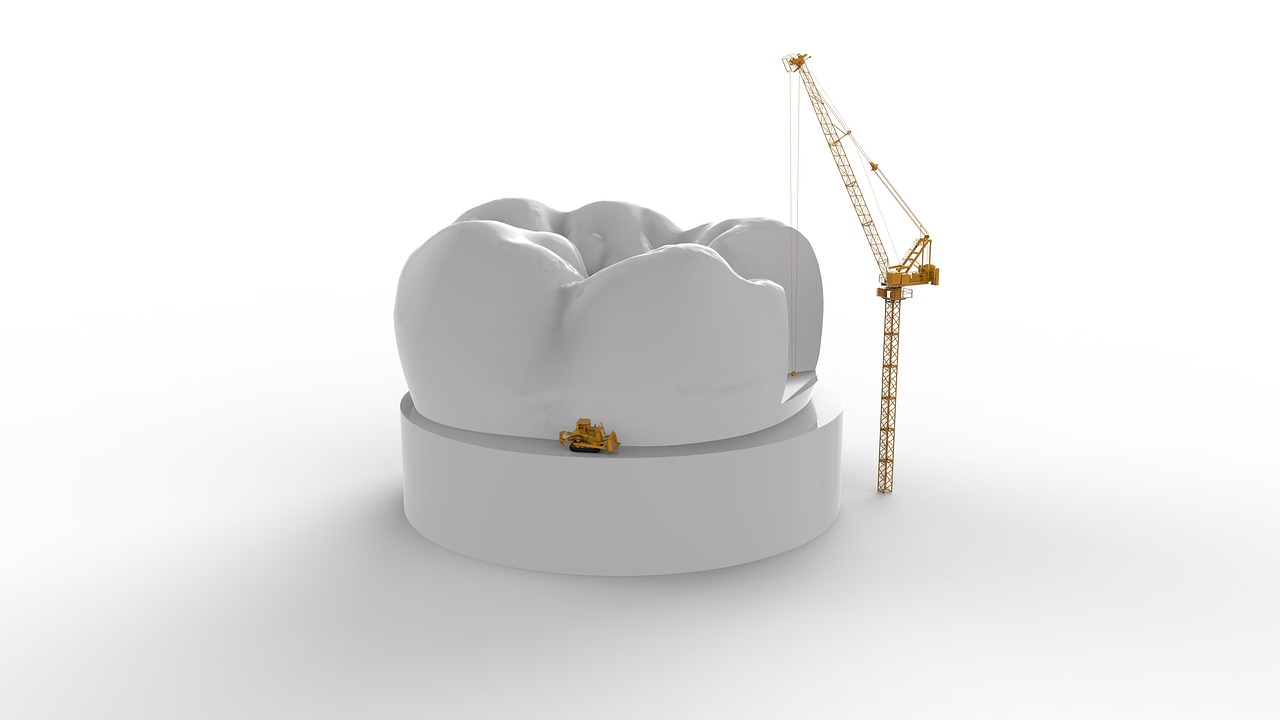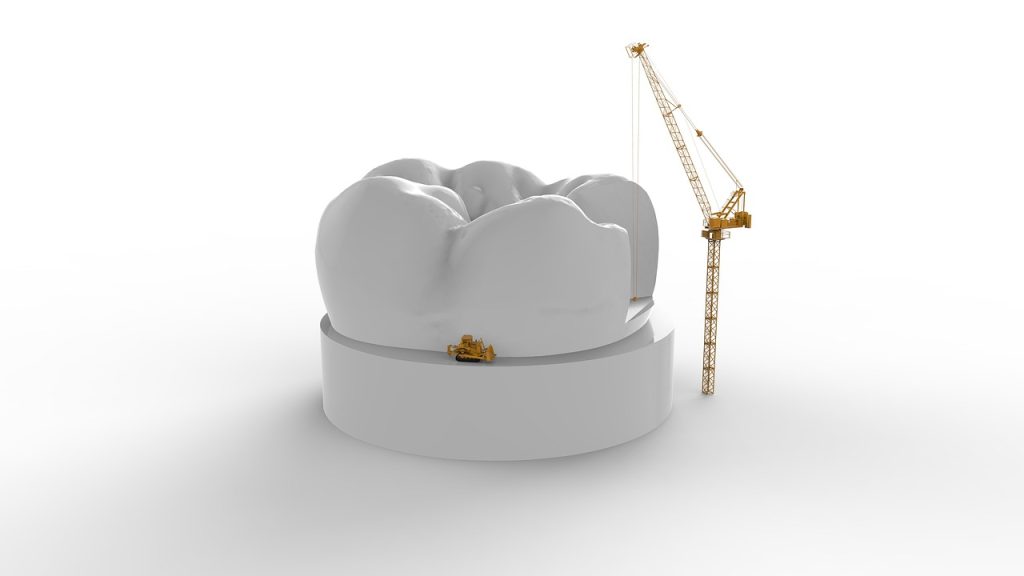6 Things to Include in a Diet for High Blood Pressure
6 Things to Include in a Diet for High Blood Pressure

High blood pressure, or hypertension, is a serious condition that increases the risk of heart disease, stroke, and kidney problems. Fortunately, one of the most effective ways to manage it is through a healthy diet. By focusing on specific foods and nutrients, you can help lower your blood pressure naturally and support overall cardiovascular health.
Here are six essential components to include in a diet for high blood pressure:
1. Potassium-Rich Foods
Potassium helps balance the effects of sodium and eases tension in blood vessel walls, lowering blood pressure.
Good sources include:
-
Bananas
-
Sweet potatoes
-
Avocados
-
Spinach
-
Beans and lentils
-
Oranges
Aim for natural sources rather than supplements unless directed by your doctor.
2. Leafy Green Vegetables
Greens are packed with potassium, magnesium, and fiber—all of which support healthy blood pressure levels.
Top choices:
-
Kale
-
Romaine
-
Arugula
-
Collard greens
-
Swiss chard
Try adding a serving or two of leafy greens to your daily meals in salads, smoothies, or sautéed sides.
3. Whole Grains
Whole grains are high in fiber and help regulate blood pressure by improving heart health and aiding in weight control.
Best whole grains:
-
Oats
-
Brown rice
-
Quinoa
-
Whole wheat bread or pasta
-
Barley
Choose whole grain options over refined grains for better results.
4. Low-Fat Dairy Products
Calcium is essential for blood pressure regulation, and low-fat dairy provides it without excess saturated fat.
Try:
-
Low-fat or fat-free milk
-
Greek yogurt
-
Low-fat cheese
Look for dairy products that are unsweetened and lower in sodium.
5. Fatty Fish
Fatty fish are rich in omega-3 fatty acids, which reduce inflammation, lower blood pressure, and improve heart health.
Recommended fish:
-
Salmon
-
Mackerel
-
Sardines
-
Trout
-
Tuna
Aim for at least two servings of fatty fish per week, grilled or baked rather than fried.
6. Nuts, Seeds, and Legumes
These foods are rich in magnesium, fiber, and plant-based protein—nutrients known to support lower blood pressure.
Healthy picks include:
-
Almonds
-
Walnuts
-
Flaxseeds
-
Chia seeds
-
Lentils
-
Chickpeas
Choose unsalted versions to avoid added sodium.
Final Tips
-
Limit sodium, added sugars, and saturated fats
-
Follow the DASH diet (Dietary Approaches to Stop Hypertension) for a structured meal plan
-
Stay hydrated and maintain a healthy weight
-
Combine diet changes with regular physical activity and stress management
Final Thoughts
Eating for lower blood pressure doesn’t have to be complicated. By including these six food groups in your daily meals, you’ll be supporting your heart and overall health in powerful, natural ways. Always consult with a healthcare provider or registered dietitian before making significant dietary changes, especially if you’re on medication.
Notifications
- Coming Soon: Free Dental Health Awareness & Checkup CampComing Soon: Free Dental Health Awareness & Checkup Camp . …
Read More "Coming Soon: Free Dental Health Awareness & Checkup Camp"
- Celebrating independence day at Dentistium Clinics – 15th august 2025Celebrating independence day at Dentistium Clinics – 15th august 2025 …
Read More "Celebrating independence day at Dentistium Clinics – 15th august 2025"
- Free Dental Health Awareness & Check-up Camp at Sangathan Society, Vastrapur – 10th July 2025Free Dental Health Awareness & Check-up Camp at Sangathan Society …
Recent Posts
- Dental Implants: Procedure, Purpose & Benefits
 Dental Implants: Procedure, Purpose & Benefits When it comes to …
Dental Implants: Procedure, Purpose & Benefits When it comes to … - The Many Factors Influencing Patient Hygiene Practices
 The Many Factors Influencing Patient Hygiene Practices Maintaining proper hygiene …
The Many Factors Influencing Patient Hygiene Practices Maintaining proper hygiene …Read More "The Many Factors Influencing Patient Hygiene Practices"
- Enhance Your Smile with Dental Crowns: A Complete Guide
 Enhance Your Smile with Dental Crowns: A Complete Guide Your …
Enhance Your Smile with Dental Crowns: A Complete Guide Your …Read More "Enhance Your Smile with Dental Crowns: A Complete Guide"
- August 2025 (7)
- July 2025 (6)
- June 2025 (5)
- May 2025 (53)
- April 2025 (2)
- March 2025 (3)
- January 2025 (2)
- November 2024 (1)
- April 2024 (1)
32,541 hits
.
Most Searched Pharmacy products on our site
-
-
-
₹2,450.00Rated 0 out of 5
Experience powerful oral care with the PRO200V PORCLEAN Water Flosser....
-
.
.











